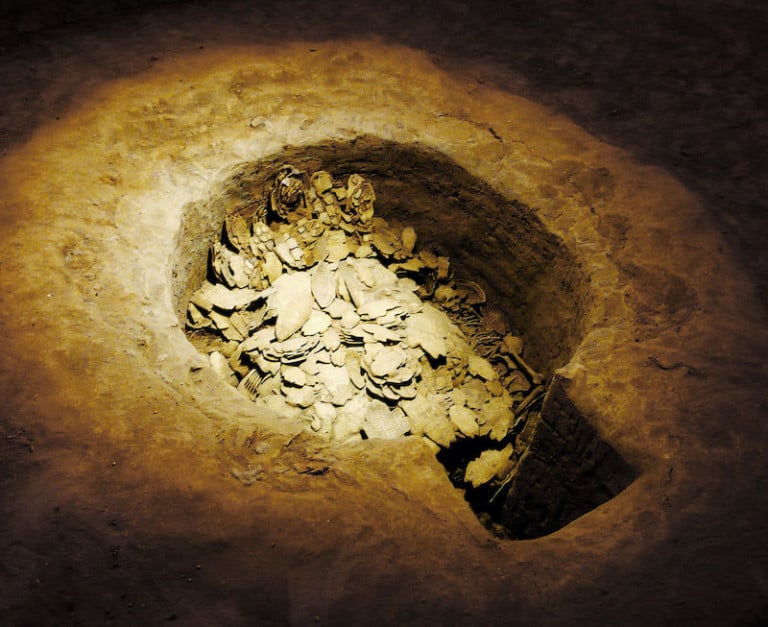Anyang, a prefecture-level city in the Henan province of Central China, has started construction on a museum for the UNESCO World Heritage Site of Yinxu, also known as the Yin Ruins.
The museum, which covers an area of nearly 18 hectares, is scheduled to open at the end of 2022 with a floor area of 51,000 square metres (via Xinhua).
Visitors will experience the excavation history of Yinxu, also called the Yin Ruins, including unearthed ruins, oracle bone scripts, and jade and bronze objects.
The ruins were added to the World Heritage List in 2006 by UNESCO. They house the archaeological remains of the ancient city of Yin, the last capital of the Shang Dynasty.
Yin Ruins museum opening at end of 2022
Chinese archaeologists discovered a complex of ruins in Anyang in 1928, which were later confirmed to be the site of Shang Dynasty capital Yin.
The museum will receive an investment of approximately 1.6 billion yuan ($162 million). Anyang’s current display area for the Yin Ruins is less than 1,500 square meters.
Since the founding of the People’s Republic of China in 1949, unearthed relics from the Yin Ruins have amounted to 1 million objects, with more than 50,000 considered precious. The oracle bone scripts discovered at Yinxu are considered to be the oldest Chinese inscriptions.
Experience the excavation history of Yinxu
“With the museum, the Chinese archeologists’ dream of displaying unearthed relics from the Yin Ruins is coming true,” said Song Xinchao, deputy chief of the National Cultural Heritage Administration.
Meanwhile, the Hong Kong Palace Museum is set to showcase 160 ‘national treasures’ from Beijing’s Palace Museum. The main structure is now complete in West Kowloon Cultural District.
The HK$3.5 billion attraction, which broke ground in May 2018, will showcase around 800 pieces from Beijing’s Palace Museum, 160 of which are ‘national treasures’.














